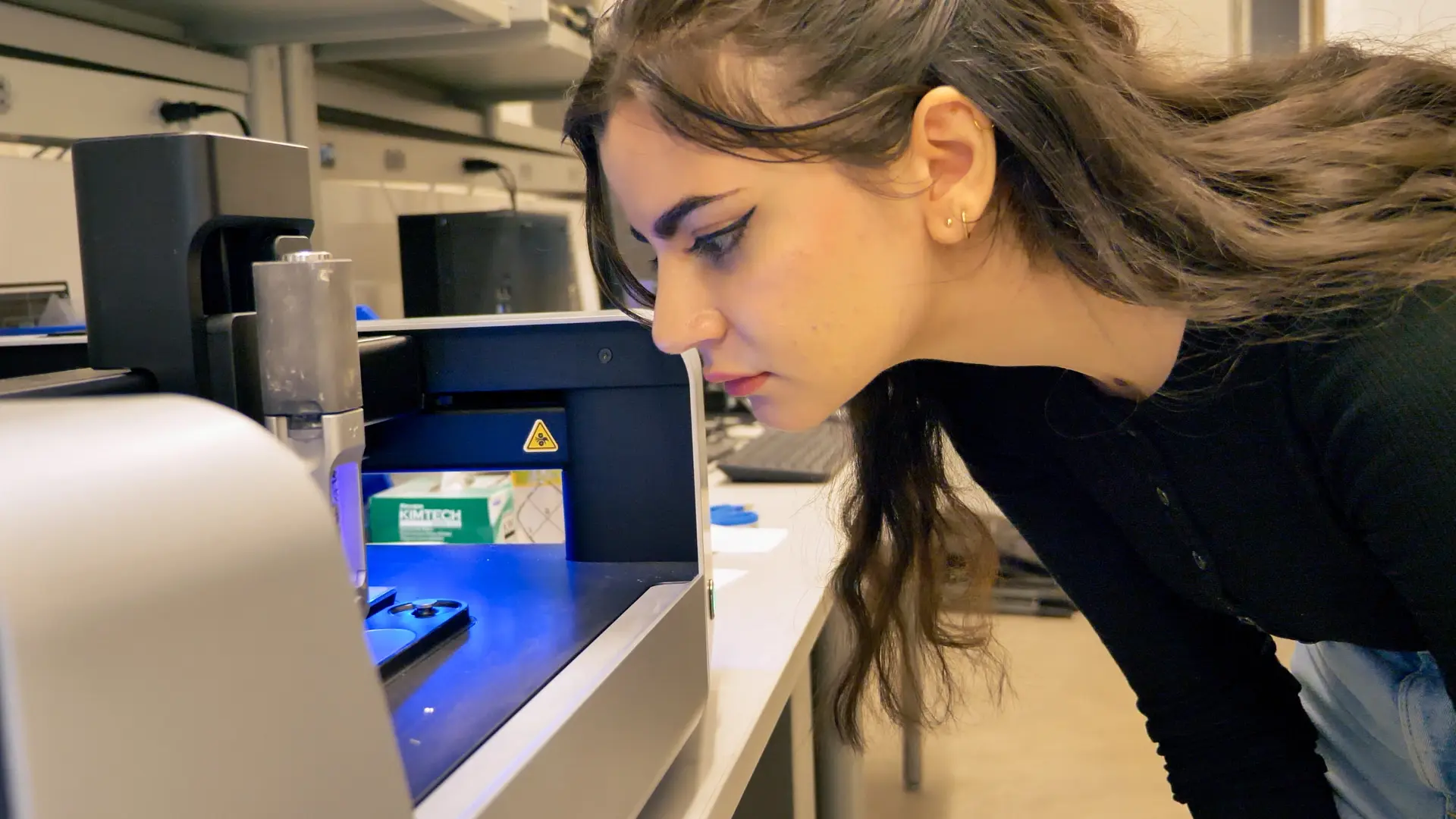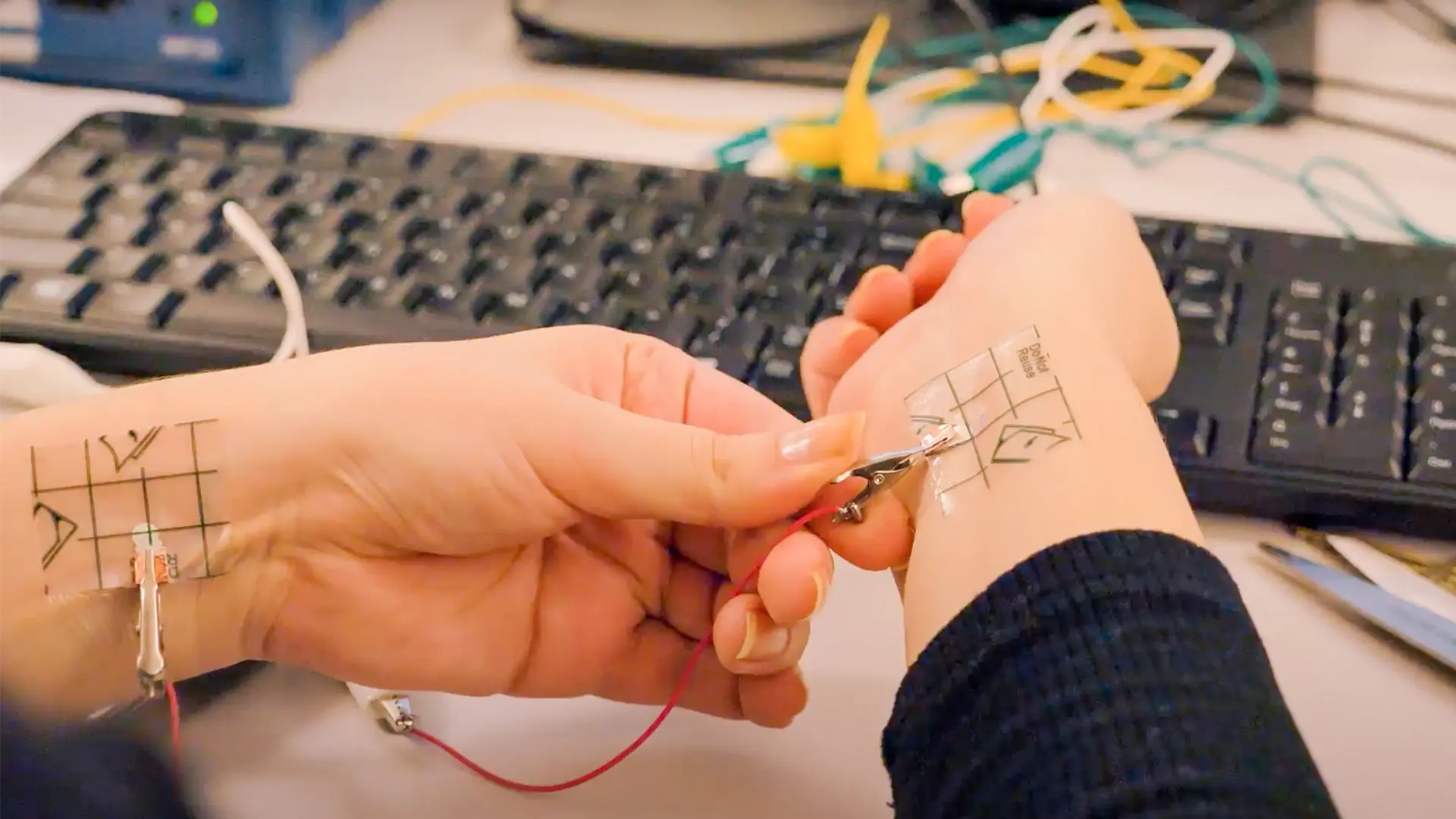NOVA - Will It Print Frosting on a Gingerbread Cookie?
Will it print
Here at Voltera, we really love the holiday season. We feel like elves in Santa’s workshop, building V-Ones and NOVAs to send out to our customers.
We say NOVA can print anything on everything. We don’t want to get on Santa’s naughty list for lying, so we’ve put NOVA to the test, printing onto all kinds of things like curved surfaces, glass, TPU, cookies…
Wait, what? Cookies?
Yep, you read that correctly. We put a festive twist on NOVA’s capabilities by printing frosting onto a gingerbread cookie.
“NOVA has the ability to dispense a wide variety of substances (pastes, inks, fluids) onto a wide variety of surfaces. Printed electronics (also known as additive electronics) is a relatively new concept for many electronics engineers and product designers, who may not initially recognize the potential of the machine” said Voltera CEO Jesus Zozaya. “Printing with unconventional materials allows us to explore the question ‘will it print?’ with all kinds of materials that might not be typical for electronics, but are familiar substances or objects that people encounter in their daily lives” he explained.
Printing on unconventional materials
Not everyone knows what conductive ink is, but most of us are familiar with cookie frosting. It’s a way to demonstrate NOVA’s capabilities to a broader audience, and build that intuition of what NOVA can do.
Voltera’s test engineering intern, Daniel Zybine, was responsible for this cookie-cutting-edge research. Daniel’s worked with a lot of unconventional materials, and there are usually some fun troubleshooting challenges involved. Printing on the cookie was no exception and required some creative problem-solving.
“The cookie wasn’t perfectly flat on the bottom, so it would kind of see-saw a little bit” Daniel noted. “When the probe applied pressure on one side of the cookie, it would kind of deflect. We fixed that by putting some frosting under the cookie and gluing it to the parchment paper” he explained. “This project has been edible and tasty, and was very fun. It really helped us get into the holiday spirit.”
This gingerbread cookie experiment also presented an opportunity to highlight specific features of the machine. The frosting design was created using Adobe Illustrator. We’ve been testing out a new feature that allows NOVA to load SVG files, making the software more accessible — especially to anyone with experience using vector-based design tools.
“Historically, we’ve only supported Gerber files”, explained Jesus. “Gerber files are the PDF of the electronics world. Whether you’re designing in Eagle, Altium, or E-Cad, they all end up outputting to Gerber formats. These are the files that you’d normally send out to a factory, usually overseas, to get manufactured into a PCB. The problem is that you need to know how to work with Eagle, Altium, or E-Cad to produce the gerber files, which means you are typically familiar with electronics design”, he said.
Making NOVA more accessible
“We noticed that a lot of our customers — especially those in the education space and even some of the academics — are not necessarily familiar with electronics design”, continued Jesus. They’re familiar with materials or they’re learning electronics design, but something that’s a little bit more intuitive for them are other types of programs like Inkscape or Adobe Illustrator, which work with different file formats,” he said. “SVG has been a highly requested feature for many, many years. I’m really excited about this because it will allow us to make our software a little bit more accessible to people who are not experts at electronics design.”
SVG file support is being beta tested with NOVA. Our V-One customers will be thrilled to hear that SVG file support is in development for the V-One, so that’s something to look forward to in the new year.
Happy holidays, and happy printing!
The Voltera Team
P.S. We are just beginning to explore NOVA’s capabilities with our “Will It Print?” experiments. Do you have a suggestion for an unconventional material we should print on or print with? Let us know! We’d love to put NOVA to the test!

Check out our Customer Stories
Take a closer look at what our customers are doing in the industry.
